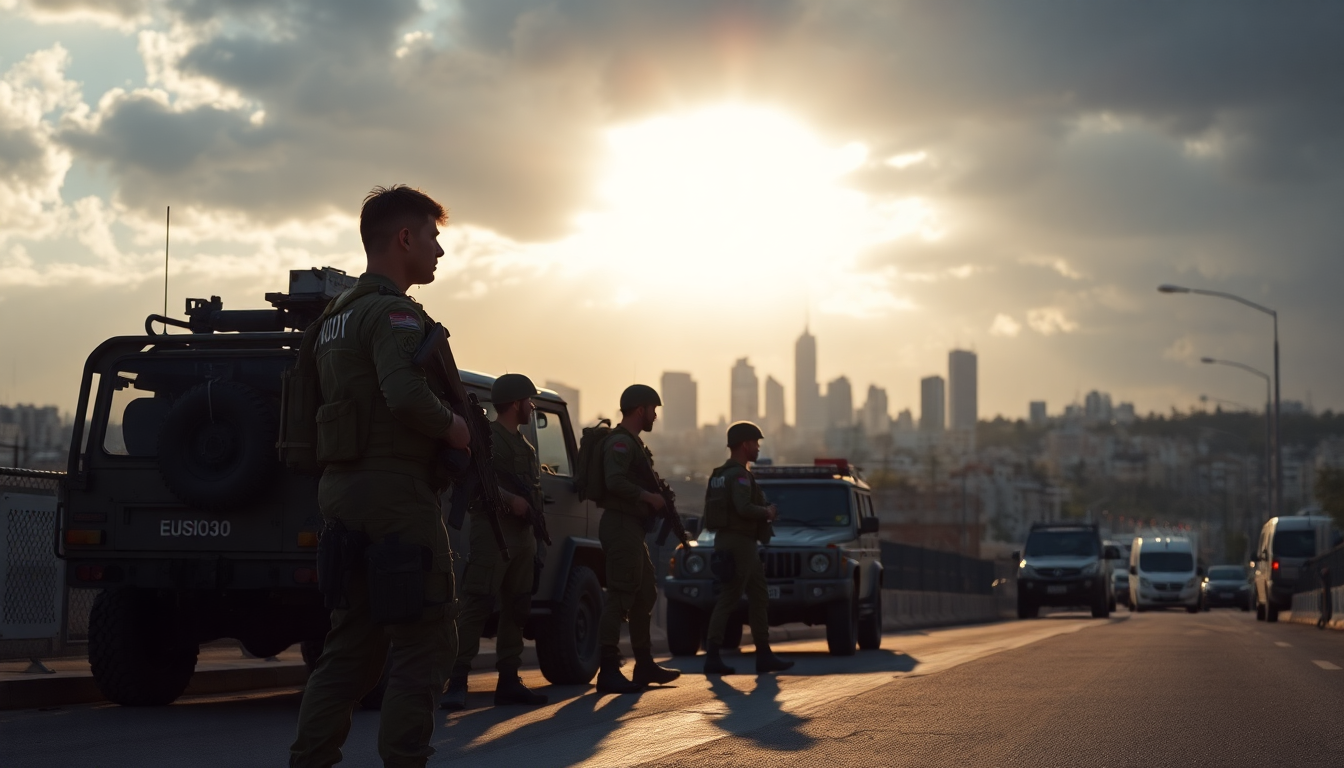Table of Contents
In recent days, the tension between Israel and Iran has reached new heights, with both nations launching military strikes while trying to keep diplomatic conversations alive. As the situation unfolds, it’s essential to look at how these developments affect not just the region but also the broader global political landscape.
What’s Happening on the Ground?
This past week has seen a flurry of military activity that underscores just how fragile the relationship between Israel and Iran really is. Israel has carried out airstrikes targeting Iranian military sites, including facilities that are crucial for missile production.
They claim these strikes are necessary to curb Iran’s military capabilities. Reports suggest that more than 60 Israeli aircraft were involved, hitting various locations across Iran, including the headquarters of the Organization of Defensive Innovation and Research, which is tied to nuclear and missile development efforts.
In retaliation, Iran has launched missile strikes aimed at residential areas in southern Israel, causing damage and injuring civilians. This back-and-forth not only intensifies the violence but also raises urgent humanitarian concerns for those caught in the middle.
The Israeli military has made it clear that they plan to continue these operations, targeting further sites they consider a threat to national security.
These exchanges highlight a modern reality of warfare, where traditional military actions are intertwined with advanced technology and intelligence.
Both Israel and Iran are flexing their military muscles while facing the consequences of international scrutiny and the fear of retaliation.
Can Diplomacy Break Through?
While military actions escalate, diplomatic efforts are also in motion, though they face significant hurdles.
Iranian Foreign Minister Abbas Araghchi is reportedly on his way to Geneva for discussions with European diplomats about Iran’s nuclear program. These talks aim to address international concerns regarding Iran’s uranium enrichment, which has set off alarm bells worldwide.
European leaders, including French President Emmanuel Macron, stress the importance of a comprehensive diplomatic approach to tackle the threats posed by Iran’s nuclear ambitions. However, the road to successful negotiations is rocky, especially since Iran refuses to engage in dialogue while under attack. This position reveals a broader regional trend where military actions often overshadow diplomatic efforts, complicating the quest for peace.
Additionally, the United States plays a crucial role in this scenario, with President Trump weighing the possibility of military involvement. Decisions made by his administration could have a significant impact on the conflict’s trajectory and the chances for a diplomatic resolution. The delicate balance between military might and negotiation will be key to shaping the future of U.S.-Iran relations.
What Lies Ahead?
As the conflict persists, the long-term implications for the Middle East and beyond could be substantial. Ongoing military actions might lead to a shift in alliances and power dynamics across the region. Countries observing this situation may reconsider their strategic positions and military readiness, especially as they fear spillover effects or the rise of new threats.
On the economic front, the conflict could influence global oil markets, particularly if military actions disrupt shipping routes or create broader regional instability. Investors and global leaders are keeping a close eye on developments, aware of the potential economic consequences that could ripple far beyond the immediate area of conflict.
In conclusion, the Israel-Iran conflict serves as a stark reminder of the complex relationship between military strategy and diplomatic negotiations. As both nations continue their military operations, finding effective diplomatic solutions will be vital to prevent further escalation and address the root issues. The upcoming weeks will be critical in determining whether dialogue can triumph over conflict, or if we will continue to witness a cycle of violence.





